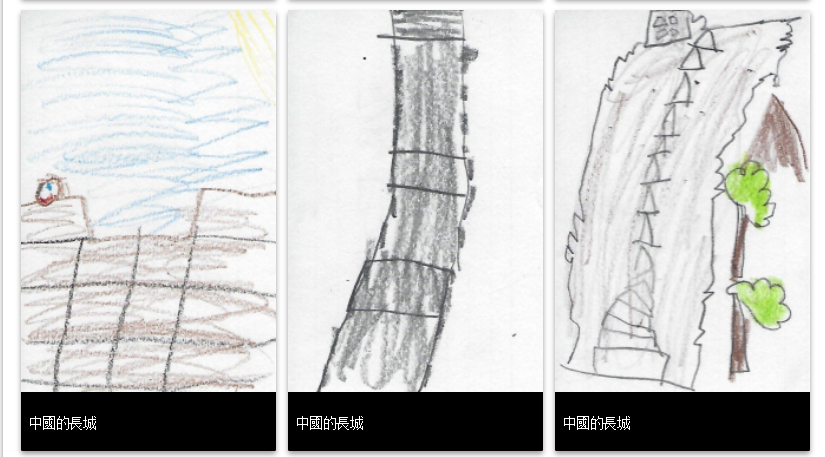Submitted by: Carlos Seward
Collaborators: William Berry (ITRT)
School: Moody Middle School
Summary
In this lesson, the students use a GoogleDoc to decide on group roles, group norming procedures, and divide work equitably for an assignment. After establishing guidelines for their groupwork, the students create rubrics which will be used to grade effective leadership during a “time of crisis”. The students justify the categories of their rubric by referencing specific historic examples from World War II. These GoogleDocs are shared with the teacher and then viewed by the class. The students use ActivEngage, to select the “best” overall rubric, which will then be used by the class when completing the performance task for the unit.
TIPC Ratings
Varies
Research and Information fluency are not specifically emphasized during this lesson, however they do play a role in the lesson. In the lessons previous to this one, the students have “built” repositories of information regarding World War II, including discussion boards, Voicethreads, and spreadsheets containing ActivEngage responses. The students can use these “repositories” to complete the research necessary for the leadership rubric. However, students can go above and beyond these repositories as well. Students can use search techniques that were discussed in previous lessons, to find specific historical examples that justify the descriptors of their specific rubrics. The level to which this strand is achieved will vary from class to class, but could be anywhere from Entry level to Ideal.
Ideal/Target – 6
The students use the GoogleDoc Leadership Rubric to establish group norms, form teams, and organize roles before their collaborative work begins. Throughout the creation of the rubric, students use the Google Doc to reflect on their roles as communicators and describe what they are learning about working with others. Along with the GoogleDoc, the students are encouraged to use other digital tools to work on the assignment outside of school hours, which they will document along the way. The creation of the Leadership Rubric is an authentic task, as it helps the students to internalize the skills, characteristics, and qualities that are integral for effective leaders. This lesson will help students in their civic lives beyond school, as they vote for elected officials and take on leadership roles themselves.
Approaching – 5
In creating their Leadership Rubric, the students must justify their decision making by referencing specific historic examples from World War II. The students must explain why their chosen leadership characteristics are required for a leader during a time of crisis. The students must also generate and respond to purposeful questions in creating their rubric. The students must ask themselves, “what separates an exemplary leader from one that is just satisfactory” and “what is the difference between a satisfactory leader versus a leader that needs a tremendous amount of improvement?” The students will use their responses to these questions in order to create their final rubric.
Approaching – 5
The students are creating meaningful original work within the assignment parameters, but their work has lasting impact beyond the assignment. The students are analyzing their own thoughts and making decisions that will inspire new solutions to how they approach future leadership roles and the choices they will make when selecting a leader.
Student Artifact
PUT EMBED CODE HERE
Download Files
Evaluating Effective Leadership
Contents:
- H21 Lesson Plan – Evaluating Effective Leadership
- Rubric Template – Word and GoogleDoc Version
- Teacher Example of Rubric Justification and Historical Examples
- Student Work Samples
- Grading Rubric





